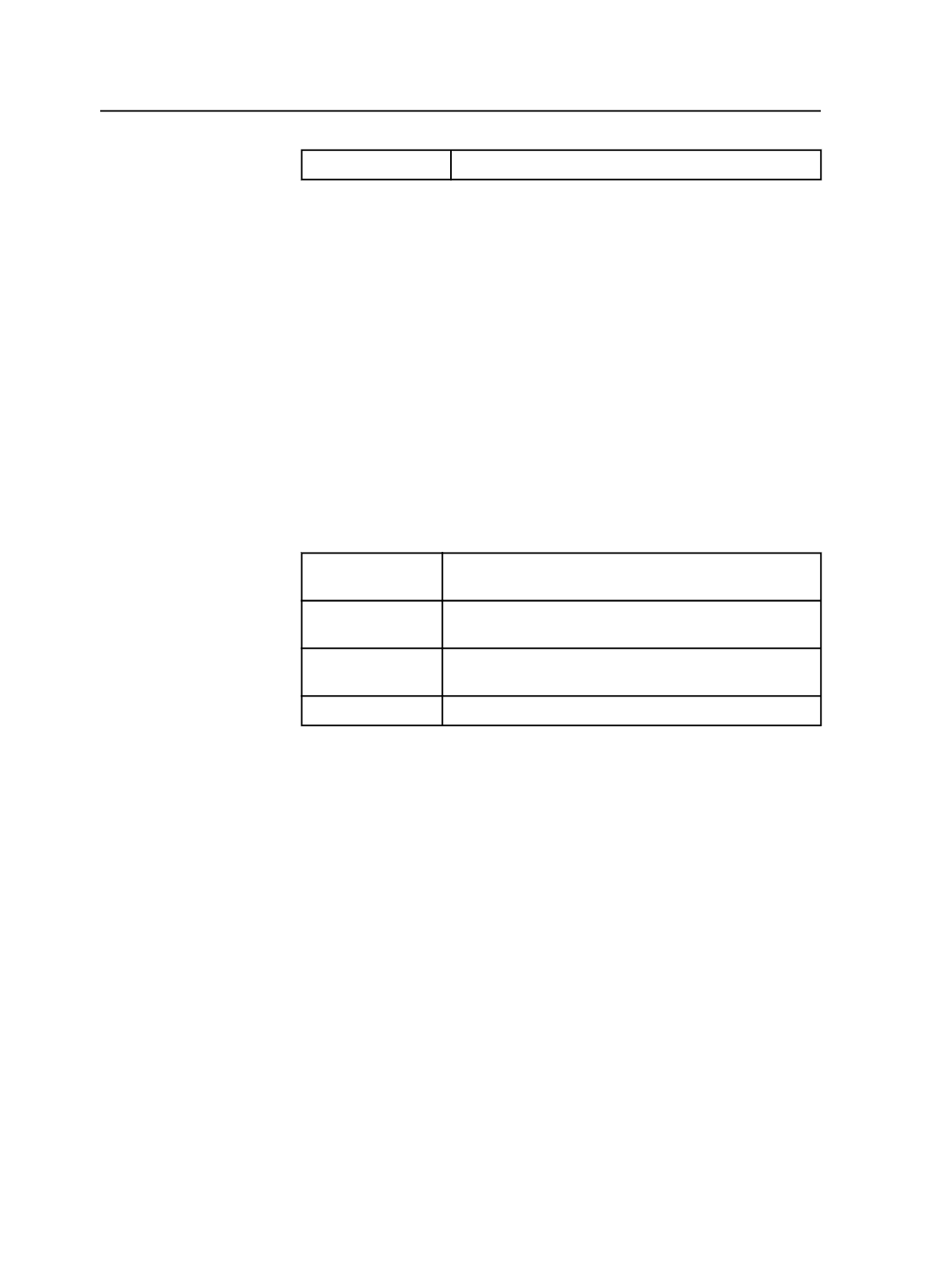
Valid Color Swaps
Cyan Magenta Black
Maxtone RT04 Y45K45
This screen system provides an alternative to rosette-forming HQS
screen systems. The rosette pattern is practically invisible at typical
screen rulings for offset lithography.
Cyan and magenta separations are screened at equal rulings, with
rational-tangent angles of approximately 18° and 72° respectively.
Yellow and black are screened at 45°. The yellow ruling is about 10%
below that of cyan and magenta, and the black ruling is about 33%
higher. The differing dot gains resulting from these varied rulings may
require color-specific calibration.
This screen system does not exhibit the moiré susceptibility of
separation pairs found in the other screen systems.
The key separation (45° fine) can be used as an additional color in
combination with the HQS screen systems.
Ruling
Ranges from 20 to 600 lpi (The available values depend
on the output device.)
Dot Shape
Round, RoundSquare (Euclidean), LightElliptical, Elliptical,
Heavy Elliptical, Smooth Elliptical, Checker, Line
CMYK Default
Angles
71.6 18.4 135 135-fine
Valid Color Swaps Cyan Magenta Yellow Black
Staccato
Staccato screening is a stochastic, or frequency-modulated (FM),
screening solution that can be purchased as an option to Prinergy. The
combination of the Staccato screening software and the SQUAREspot
technology gives you a level of control in the printing process that
makes stochastic screening viable for routine presswork.
The demands that stochastic screening places on time and equipment
mean it is not usually a practical solution for everyday print production.
It is difficult for many printers to deliver stochastic screening with
conventional output devices, because these devices do not offer the
control required in the calibration, development, and platemaking
processes. Staccato, however, makes FM screening a practical option
for your routine presswork. You can also mix Staccato screens with
conventional screens.
For more detailed information about Staccato screening, see the
Staccato User Guide
.
646
Chapter 12—Outputs


